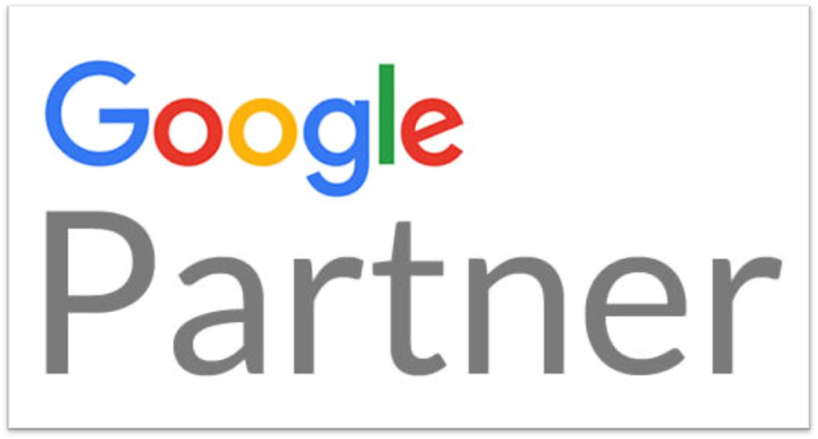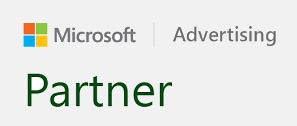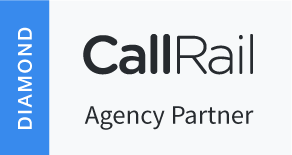Challenging the Importance of Social Media for Businesses
Social media can be a big boon for your business, but it can also have serious negative consequences. I broke down some of the positives and negatives below, with a nice long list of examples for each. Enjoy!
The Positives of Social Media for Businesses
- Brand Visibility and Awareness: Social media platforms allow businesses to reach vast audiences globally. This is crucial for building brand recognition, especially for small and medium-sized enterprises.
- Customer Engagement and Relationship Building: Social media enables direct, real-time communication with customers. This interaction helps businesses to build strong relationships, trust, and customer loyalty.
- Targeted Advertising: Social media platforms offer sophisticated tools for targeting specific demographics, interests, and behaviors. This allows businesses to tailor ads to the right audience, leading to higher conversion rates and better return on investment (ROI).
- Customer Feedback and Insights: Through comments, reviews, and direct messages, businesses can gather valuable customer feedback, understand market trends, and improve products or services.
- Cost-Effective Marketing: Social media marketing is generally more affordable than traditional advertising, especially for smaller businesses with limited budgets. Organic content can be created at little to no cost.
- Competitive Advantage: Social media can help businesses monitor competitors’ strategies, identify industry trends, and keep up with market dynamics, ensuring they remain competitive.
- Increased Website Traffic and Sales: Sharing content, promotions, and product links can drive more traffic to a company’s website, leading to increased sales and conversions.
Here are some brands that successfully leveraged social media:
1. Dollar Shave Club
- Platform: YouTube, Social Media
- Success: Dollar Shave Club exploded onto the scene with a viral YouTube video that humorously introduced their subscription-based razor service. The video, which cost around $4,500 to make, amassed millions of views in just a few days. Their witty, direct social media presence helped grow their customer base rapidly, leading to Unilever acquiring the company for $1 billion in 2016.
- Key Takeaway: Humor, simplicity, and virality can make a big impact, especially for startups.
2. Glossier
- Platform: Instagram, Twitter
- Success: Glossier, a beauty brand, built its entire brand around social media, particularly Instagram. Founder Emily Weiss used Instagram to crowdsource product ideas and engage directly with her audience, focusing on real customer feedback to develop new products. The company used user-generated content and Instagram influencers to build a loyal community.
- Key Takeaway: Involving your audience in product development and creating community engagement can drive deep customer loyalty.
3. Wendy’s
- Platform: Twitter
- Success: Wendy’s became famous for its sassy, humorous Twitter persona, engaging in playful (and sometimes savage) banter with competitors and customers. One notable campaign was the “roast me” challenge, where users asked Wendy’s to roast them, resulting in viral content and massive engagement. Their Twitter strategy led to increased brand visibility and kept them culturally relevant.
- Key Takeaway: A unique brand voice and humor can make a significant impact on customer engagement, especially on platforms like Twitter.
4. Airbnb
- Platform: Instagram, Facebook, Twitter
- Success: Airbnb uses Instagram to showcase beautiful, user-generated photos of unique properties around the world, creating a sense of wanderlust. They also run highly visual, storytelling-based campaigns, like “Live There,” which helped emphasize the local, authentic travel experience that Airbnb offers. Their social media marketing helped them disrupt the hospitality industry and grow into a global giant.
- Key Takeaway: Beautiful visuals and storytelling can help create a strong emotional connection with your audience, particularly in industries like travel.
5. GoPro
- Platform: YouTube, Instagram, Facebook
- Success: GoPro built a social media empire by encouraging its customers to share their adventurous videos and photos captured on GoPro cameras. Their user-generated content is at the heart of their strategy, showcasing what their products can do in real-world scenarios. This content drives massive engagement on platforms like YouTube and Instagram, helping GoPro create a community of passionate users.
- Key Takeaway: Leveraging user-generated content can increase brand authenticity and turn customers into brand advocates.
6. Oreo
- Platform: Twitter, Facebook
- Success: Oreo’s famous “Dunk in the Dark” tweet during the Super Bowl blackout in 2013 became a case study in real-time marketing. Oreo capitalized on the unexpected power outage with a quick, clever tweet, which went viral and earned them widespread media coverage. Since then, Oreo has continued to experiment with creative social media marketing campaigns.
- Key Takeaway: Being quick and relevant in real-time can help a brand make a huge impact, especially during high-visibility events.
7. Zappos
- Platform: Twitter, Facebook
- Success: Zappos has built a reputation as a customer service leader, and they’ve extended that reputation to social media. Their social media strategy focuses on real, human interactions with customers, often surprising people with thoughtful responses, gifts, or personal connections. This has fostered strong loyalty and a positive brand image.
- Key Takeaway: Excellent customer service can extend into social media, helping to humanize the brand and build strong customer loyalty.
8. Lush
- Platform: Instagram, YouTube
- Success: Lush, the handmade cosmetics brand, uses social media to promote its values-driven brand. With a focus on ethical beauty and environmental sustainability, they post visually appealing product images and videos while also engaging in discussions around activism. Lush’s fans often contribute by sharing their own content, amplifying the brand’s voice.
- Key Takeaway: Authenticity and strong brand values resonate deeply with social media users, especially in visually-driven industries like cosmetics.
9.Netflix
- Platform: Twitter, Instagram
- Success: Netflix is known for its clever, highly engaging social media content, using memes, GIFs, and pop culture references to stay relevant and entertain their audience. Netflix creates engagement by interacting with its fans and promoting its shows in humorous, relatable ways. Campaigns like the “Stranger Things” season releases have shown Netflix’s ability to leverage fan anticipation and generate viral content.
- Key Takeaway: Understanding your audience’s sense of humor and preferences helps build a brand that feels relatable and fun.
10. Taco Bell
- Platform: Twitter, Instagram, TikTok
- Success: Taco Bell has mastered the art of social media marketing, particularly on Twitter and Instagram. They use humor and pop culture references to engage with their audience, and they frequently run fun, interactive campaigns like Snapchat filters and Instagram Stories. Taco Bell also collaborated with influencers on TikTok to further appeal to younger audiences.
- Key Takeaway: Being playful, relatable, and creative can attract a younger, highly engaged social media audience.
Negatives of Social Media for Businesses
- Time and Resource Intensive: Maintaining a strong presence on social media requires constant attention, content creation, and engagement. For smaller businesses, managing this effectively can be a significant challenge.
- Negative Feedback and PR Crises: Social media is a double-edged sword. Negative comments or poor reviews can spread quickly, potentially harming a brand’s reputation. Mishandled situations can escalate into full-blown PR crises.
- Algorithm Changes and Unpredictability: Social media platforms frequently change their algorithms, which can affect the visibility of a business’s posts. Organic reach can be significantly limited, forcing businesses to spend more on ads.
- Over-Saturation: Many industries are highly competitive on social media. Standing out among competitors can be difficult, leading to “content fatigue” where potential customers may overlook or disengage with content.
- Data Privacy Concerns: There are growing concerns about data privacy, and social media platforms are increasingly under scrutiny for how they handle user data. Businesses need to ensure they are compliant with regulations (like GDPR) and avoid negative associations.
- Potential for Misinformation: Social media is a breeding ground for rumors and misinformation. If not carefully managed, false information about a business can spread, damaging its credibility.
- Dependency on Third-Party Platforms: Relying heavily on social media platforms means that businesses are at the mercy of their rules and policies. Sudden changes or platform outages can disrupt marketing strategies.
Here are some brands that faced some negative social media coverage:
The bottom line?
Know why you are using social media and make sure you have the capacity to manage and monitor it. It is a nice idea to have exposure across all platforms but if it doesn’t fit don’t do it. You are better off committing to one platform and deleting or deactivating the rest. That said, if you do have the capacity and budget, social media can be one of the biggest plays you can make as a business. Smart planning and strategy are the keys to succeeding.






Leave A Comment
You must be logged in to post a comment.